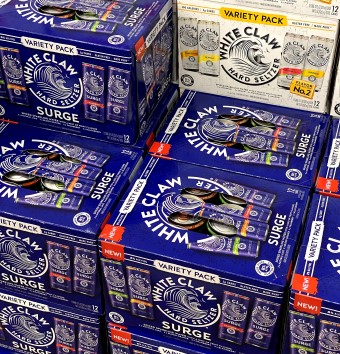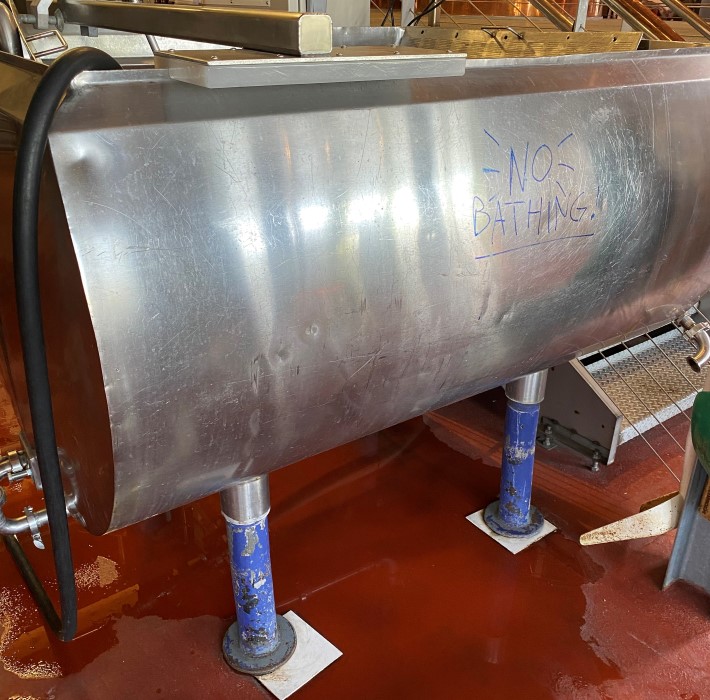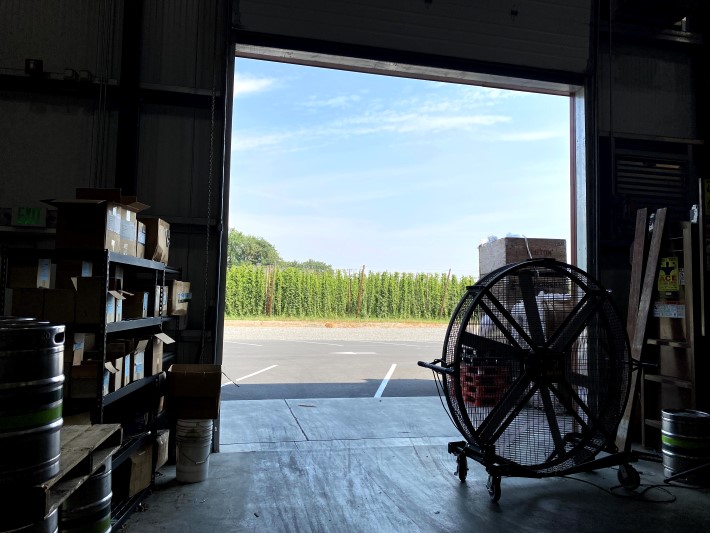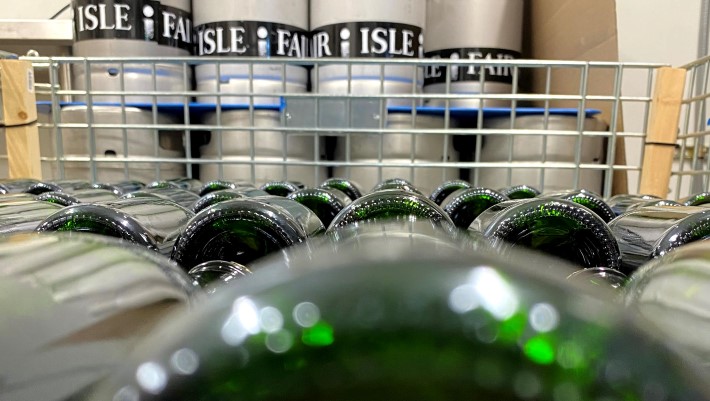 Hotel Luna Mystica on Taos Mesa (west of Taos, NM)
Hotel Luna Mystica on Taos Mesa (west of Taos, NM)
A few stories I filed away to think about while driving here and there. Some provoke obvious questions.
Tradition
What role does national tradition play in discovering what to many drinkers is new? When does the new become tradition? Can tradition once lost become the new new?
Beer. Not beer
The sentence not to overlook in “The rise of hard seltzer echoes the 19th-century lager craze” is . . . “Hard seltzer, however, is not lager.” Meanwhile, is it too early to be documenting hard seltzer tradition?
Party on
Oh, and about the “appeal of alcoholic beverages that we are led to believe are better for us.” Drinking is still drinking. Witness the proliferation of party vehicles in Nashville, Tennessee. “We made the monster, and now we can’t control the monster. It’s the plot of every monster movie.” One that may be changing the city. “You can have a fun, entertaining, unique experience here. There’s nothing unique about downing 12 White Claws at 3 in the afternoon in 95-degree heat.”
Terpenes
First, passing this along without suggesting or endorsing anything. This research concludes the “entourage effect” is real and that “on their own, terpenes mimic the action of cannabinoids.” The terpenes in this study are humulene, geraniol, linalool, and pinene. All are present in hops, and the best way to load them into beer is via dry hopping.
Robot beer?
This sentence might make you shudder: “The win was an important milestone in that it’s the first time that a homebrewer used an automated beer brewing countertop appliance to help develop an award-winning recipe at the HomeBrew Competition.” The key phrase is help develop, because Christain Chandler used the countertop system to make multiple iterations of a basic recipe that was his creation, not the machine’s.
The business pages
For more than 30 years I’ve been reading stories in which brewers wonder when beer will gain the same respect — never specifying exactly what that means or who the respect is from — as wine. So it is interesting to see Mike Veseth ask, “What can wine learn from beer?”
Always for pleasure (or not)
Lisa Grimm finds Island’s Edge from Heineken “oddly thin, creamy head notwithstanding, and barely registers anything beyond roasty water – it’s less a stout and more the ghost of one.”

 I still do not understand, but
I still do not understand, but 

